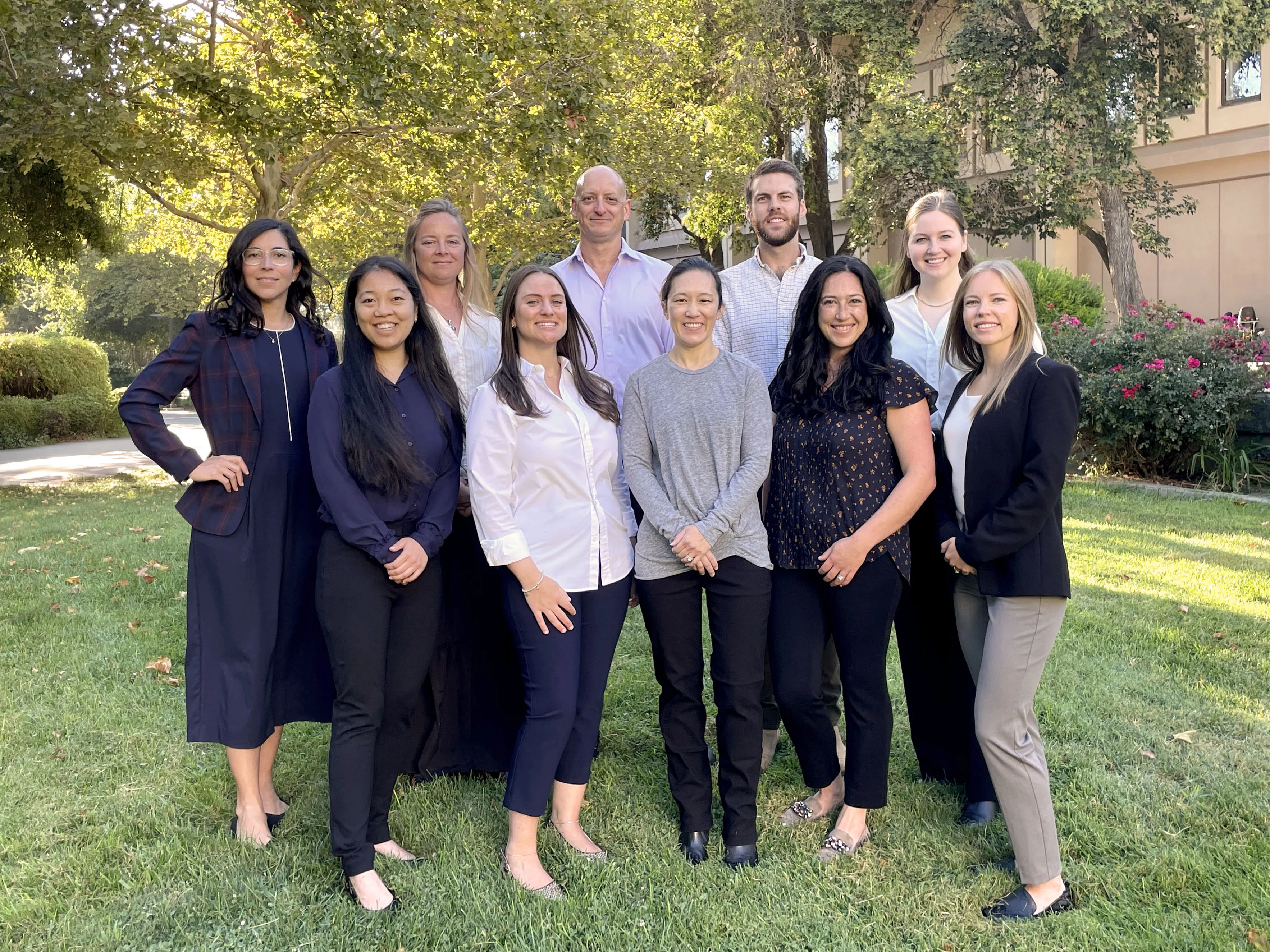Maintaining optimal oral health is as crucial for your canine companion as it is for humans. Canine Dentistry encompasses a broad spectrum of veterinary services dedicated to preventing, diagnosing, and treating dental and oral diseases in dogs. From routine cleanings to advanced surgical procedures, prioritizing your dog’s dental care can significantly impact their overall well-being, longevity, and quality of life. Understanding the importance of professional dental care and what it entails is the first step toward ensuring your furry friend enjoys a healthy, pain-free smile. Ignoring dental problems can lead to more serious health issues, affecting everything from their diet to vital organ function.
Many pet owners are unaware of the subtle signs of dental discomfort in their dogs, often attributing changes in eating habits or bad breath to normal aging. However, these can be indicators of underlying dental disease requiring veterinary attention. For those seeking comprehensive information on veterinary care for their pets, exploring resources like vets for pets prices can be a good starting point to understand potential costs associated with various treatments. This guide will delve into the world of professional canine dentistry, outlining the advanced procedures available and answering common questions to help you make informed decisions about your dog’s oral health.
Understanding Canine Dental Health: Why It Matters
Dental disease is one of the most common health problems in dogs, affecting most by the age of three. It typically begins with plaque buildup, which hardens into tartar. Over time, this leads to gingivitis (inflammation of the gums) and, if left untreated, progresses to periodontal disease. Periodontal disease is a painful condition that causes irreversible damage to the tissues supporting the teeth, leading to tooth loss and potential systemic health issues.
The mouth serves as a gateway to the body, and oral bacteria from infected gums can enter the bloodstream, traveling to and damaging vital organs like the heart, kidneys, and liver. This systemic impact underscores why proactive and regular canine dentistry is not just about fresh breath, but about safeguarding your dog’s entire health. Early detection and intervention are key to preventing the progression of these conditions and ensuring your dog lives a healthier, happier life.
Advanced Veterinary Dental Services: What to Expect
When your dog needs professional dental care beyond home brushing, veterinary dental specialists offer a range of advanced services. These procedures are typically performed under general anesthesia to ensure patient comfort, safety, and thoroughness. Prior to any anesthetic procedure, a comprehensive general medical examination is conducted, often including blood tests, to ensure your pet is healthy enough for the procedure.
Comprehensive Examination and Diagnostics
A thorough dental assessment always begins with advanced diagnostics.
- General Anesthesia: All procedures are performed under general anesthesia, ensuring your dog is comfortable and still, allowing for a complete examination and treatment. A dedicated anesthetist monitors your pet throughout.
- Full-Mouth Dental Radiographs (X-rays): These are essential for evaluating the health of the tooth roots and jawbone, as up to 60% of dental disease lies below the gum line and is not visible to the naked eye.
- Cone Beam Computed Tomography (CBCT): This advanced imaging technology provides high-resolution 2D and 3D images, allowing for a more precise analysis of bone structure, tooth orientation, and complex oral and maxillofacial disorders. CBCT scans offer superior detail with a lower radiation dose compared to conventional CTs, making them invaluable for intricate diagnostic needs in canine dentistry.
Essential Dental Procedures for Dogs
Veterinary dental specialists offer a wide array of treatments tailored to specific oral health issues:
- Endodontics: This field focuses on the pulp (the soft tissue inside the tooth). Root canal treatments are routinely performed to save fractured teeth with exposed pulp, abscessed teeth, or teeth with diseased pulp. This avoids the need for extraction, preserving the tooth’s function.
- Oral Medicine: Addresses oral manifestations of systemic diseases, immune-mediated conditions, and chronic oral inflammatory diseases, which can present significant diagnostic and therapeutic challenges.
- Oral Surgery: Encompasses surgical extractions, especially for large or difficult teeth (like canines), and repair of accidental jaw injuries or conditions such as cleft palate. Advanced techniques are used for surgical removal of oral tumors with excellent functional and cosmetic outcomes. Mandibular fractures can be effectively stabilized and healed, even with multiple fractures or missing bone fragments, using advanced composite splints or miniplates. Novel techniques of jaw reconstruction are also employed for regrowth of diseased or injured jawbone areas.
- Orthodontics: For animals with abnormal bites (malocclusions) that cause pain or discomfort. Treatment may involve orthodontic bite plates to correct issues like displaced lower canine teeth, preventing trauma to the hard palate and avoiding extractions. Genetic counseling may also be offered.
- Periodontics: Deals with the structures supporting the teeth. Routine treatment includes periodontal charting, supragingival scaling (above the gum line), subgingival periodontal debridement (below the gum line), and polishing. For advanced cases, procedures like periodontal flap surgery or guided tissue regeneration are available to address severe gum disease.
- Prosthodontics: Focuses on restoring damaged teeth. Crown restorations and bridges are used to repair severely worn or fractured teeth, restoring their strength and function.
Frequently Asked Questions About Dog Dental Care
Understanding the process of professional dental care can help ease any concerns you might have. Here are answers to common questions regarding canine dentistry:
- How long does it take to get an appointment with a dental service?
Appointment availability can vary, but specialized services often operate on specific days. If your pet requires urgent attention, it’s best to call and discuss your concerns with the service coordinator or a clinician, as emergency cases are often seen outside regular hours. - Do I need a referral from my primary veterinarian?
Yes, specialized veterinary dental services often require a referral from your primary veterinarian. This ensures that your pet’s medical history is thoroughly reviewed and the specialist receives all necessary preliminary information to provide the best care. - How long will the initial consultation appointment take?
A typical consultation appointment usually takes between 30 to 60 minutes. This allows the specialist to assess your pet’s condition and discuss treatment options. - When will the dental procedure be performed?
The procedure is usually scheduled following the consultation, typically within 1-4 weeks, depending on the doctor’s assessment and the complexity of the case. - Why might my pet need to stay overnight?
Overnight stays are sometimes required to ensure your pet is healthy enough for anesthesia. This allows the anesthesia service to conduct thorough examinations, review laboratory findings, and design a customized anesthetic protocol. It also prevents accidental feeding before the procedure. Considering the comprehensive care involved, understanding options like companion care vets can provide reassurance regarding your pet’s stay. - When can my pet go home after the procedure?
Discharge typically occurs on the day of the procedure, usually in the late afternoon or early evening. Some patients may benefit from an extra night of observation and recovery. - How often will I receive updates if my pet is hospitalized?
If your pet is hospitalized, the clinician or student closely working with your pet will generally contact you daily to provide updates on their progress. - How risky is anesthesia for my pet?
Anesthesia has become significantly safer than in the past. While some risks are always involved, specialized veterinary hospitals employ dedicated anesthetists who tailor anesthetic protocols to each pet’s needs and monitor them continuously. Anesthesia-related complications are rare. - My dog just fractured a big tooth. What should I do?
There is a critical window of up to 48 hours from a fracture occurrence where a partial coronal pulpectomy (or vital pulp therapy) can save the tooth’s vitality, with an approximately 80% success rate. Professional intervention within this timeframe is essential. If more than 48 hours have passed, a root canal treatment can still be performed to address the issue. - I’ve heard a broken tooth is fine and we can just watch it. Why do you want to treat it?
Fractured teeth with pulp exposure are at high risk of developing severe complications. Initially, the exposed pulp, containing nerves and blood vessels, causes intense pain. After the pulp dies, a dull ache may persist, and infection often sets in, leading to a painful tooth root abscess. These abscesses can negatively affect your pet’s general health. Proactive treatment is always kinder and more effective than waiting for problems to escalate. - Why can’t my groomer clean my dog’s teeth? It seems safer without anesthesia.
It is illegal in many places to perform awake dental cleanings without veterinary supervision. A thorough cleaning is impossible with an awake pet because it requires cleaning under the gum line, where most disease occurs. Groomers can only remove superficial calculus, often leaving underlying periodontal disease unaddressed. Without radiographs, a full diagnostic examination cannot be performed, leading to missed problems and potential extractions down the line. - My animal is aggressive. Would extraction or ‘clipping’ of teeth help?
Aggressiveness is a behavioral problem that requires appropriate diagnosis and treatment from a behaviorist or veterinarian specializing in behavior. Removing or amputating teeth only creates a false sense of security that the animal is no longer a threat. This type of procedure is generally considered inappropriate by veterinary medical associations. - How will my animal eat if many or all teeth are extracted?
Dogs and cats can eat regular food, including dry kibble (if sized appropriately), even without most or all of their teeth. Their gums are resilient, and they adapt remarkably well to eating without teeth. - Can dental disease affect my pet’s general health?
Absolutely. Periodontal disease, the most common dental issue, is a progressive loss of tooth support caused by oral bacteria in plaque and calculus. The associated discomfort and pain can alter eating patterns, lead to weight loss, and reduce activity. More critically, these bacteria can enter the bloodstream, causing inflammation and potentially compromising internal organs like the kidneys and liver. In animals with endocrine diseases such as diabetes, periodontal disease can hinder their response to prescribed treatments, highlighting the interconnectedness of oral and systemic health. When considering the best nutrition for puppies, especially large breeds, it’s important to remember that general health, including oral health, impacts their overall development, making resources like best dog food for great dane puppy valuable for holistic care.
Ensuring Your Dog’s Dental Health at Home
While professional canine dentistry is essential, daily home care plays a vital role in maintaining your dog’s oral health between veterinary visits. Regular tooth brushing is the gold standard, ideally performed daily. Introducing brushing early in your dog’s life can make it a positive experience. Dental chews and specialized diets can also help reduce plaque and tartar buildup, but they are not a substitute for brushing or professional cleanings.
 Dog getting teeth brushed at home
Dog getting teeth brushed at home
There are many resources available to guide pet owners on effective home dental care. Watching instructional videos, such as those detailing how to brush your dog’s teeth, can provide practical tips and demonstrations. Even if created years ago, the fundamental techniques for home dental care remain current and highly useful. This proactive approach to dental hygiene can extend the intervals between professional cleanings and significantly improve your dog’s quality of life. For issues like dry skin, which can also be a sign of general health issues, learning how to heal my dogs dry skin might be just as important as maintaining oral hygiene.
Meet the Experts in Canine Dentistry
Specialized veterinary dental services are provided by a dedicated team of experts, including board-certified veterinary dentists, residents, and veterinary technicians. Their combined expertise ensures the highest standard of care for complex dental and oral conditions.
 Maria Soltero-Rivera, DVM, DAVDC
Maria Soltero-Rivera, DVM, DAVDC
This collaborative approach guarantees that every patient receives a comprehensive evaluation and a tailored treatment plan, integrating the latest advancements in veterinary dental science. The commitment to patient care, education, and research drives the continuous improvement of canine dentistry practices.
 Stephanie Goldschmidt, BVM&S, DAVDC
Stephanie Goldschmidt, BVM&S, DAVDC
From managing routine dental cleanings to performing intricate oral surgeries, these professionals are at the forefront of providing exceptional care for your dog’s teeth and gums.
 David C. Hatcher, DDS, MSc
David C. Hatcher, DDS, MSc
 Emilia Chrostek, DVM, DAVDC
Emilia Chrostek, DVM, DAVDC
 Serena Bonacini, DVM, Resident III
Serena Bonacini, DVM, Resident III
 Allison Volk, DVM, Resident III
Allison Volk, DVM, Resident III
 Kristen Hasegawa, DVM, Resident II
Kristen Hasegawa, DVM, Resident II
 Charles Stone, DVM, Resident I
Charles Stone, DVM, Resident I
 Kimi Kan-Rohrer, RDHAP, BSDH
Kimi Kan-Rohrer, RDHAP, BSDH
 Trudi Vorderbruggen, Veterinary Technician
Trudi Vorderbruggen, Veterinary Technician
 Jaci Kraft, RVT, Veterinary Technician
Jaci Kraft, RVT, Veterinary Technician
 The Dentistry and Oral Surgery Service Team
The Dentistry and Oral Surgery Service Team
Conclusion
Canine dentistry is an indispensable component of comprehensive pet care, extending far beyond simply addressing bad breath. Neglecting your dog’s oral health can lead to significant pain, discomfort, and serious systemic health problems affecting vital organs. By understanding the common dental diseases, recognizing the signs of trouble, and utilizing the advanced veterinary dental services available, you can proactively protect your dog’s health. Regular professional check-ups, cleanings, and diligent home dental care form the cornerstone of a healthy, happy life for your canine companion. Don’t wait for dental problems to become severe; consult your veterinarian to establish an effective dental care routine tailored to your dog’s specific needs.
References
- UC Davis Veterinary Medical Teaching Hospital. Dentistry and Oral Surgery Service. (n.d.). Retrieved from https://www.vetmed.ucdavis.edu/hospital/small-animal/dentistry-oral-surgery
- American Veterinary Medical Association. (AVMA). (n.d.). Pet dental care. Retrieved from https://www.avma.org/resources/pet-owners/petcare/pet-dental-care
- American College of Veterinary Dentists (ACVD). (n.d.). Understanding pet dental disease. Retrieved from https://www.acvd.org/page/PDD
